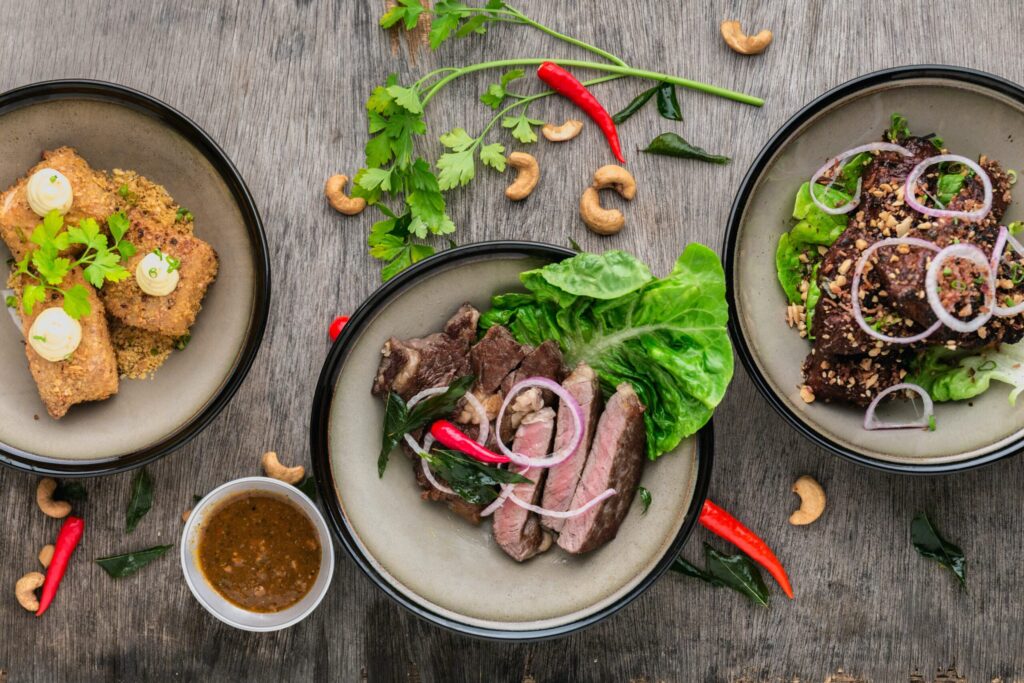An Open-Source Dataset on Dietary Behaviors and DASH Eating Plan Optimization Constraints
We consider the diet recommendations problem for prediabetes and hypertension patients to control their blood pressure and their illness progression. The recommendations are provided based on a set of given observations from the food choices of the patients. The observations may be feasible or infeasible for the forward problem with nutritional constraints, which is a common occurrence in a diet application. The goal is to recommend diets to these patients that not only are rich in nutrients but are also palatable to their individual taste and hence, encourage long-term adherence. We emphasize that, depending on the original observations, richness of diets and their palatability to the individual’s taste may be competing objectives, as such, we show how the Inverse Learning methodology can provide reasonable ranges of potentially optimal solutions to handle such a setting.

Long-term adherence is one of the main challenges in dieting as healthy diets are often far from the dieter’s daily habits and it often proves challenging to change life-style. This challenge is especially costly for chronic patients who may be able to control their condition through dieting, e.g., type II diabetes, prediabetes, and hypertension patients. Providing a diet that is healthy and that considers the life-style, individual preferences, and needs will increase the chances of adherence.
This repository includes all the data necessary to perform inference analysis for providing personalized diets for patients with different demographics and needs. A set of initial observations of the daily dietary habits of individuals are gathered and curated from the National Health and Nutrition Examination Survey (NHANES) Dietary data National Health and Nutrition Examination Survey (NHANES) Dietary data. Additionally, in order to make the inferred diets more tractable, the more than 5000 food groups are bundled into 49 broad food types for ease of interpretations. We also gather and provide food codes from the United States Department of Agriculture website.
- Team: Kimia Ghobadi (Faculty), Farzin Ahmadi (PhD candidate), and Fardin Ganjkhanloo (PhD candidate)
- Read more: technical report
- Data: diet data repository